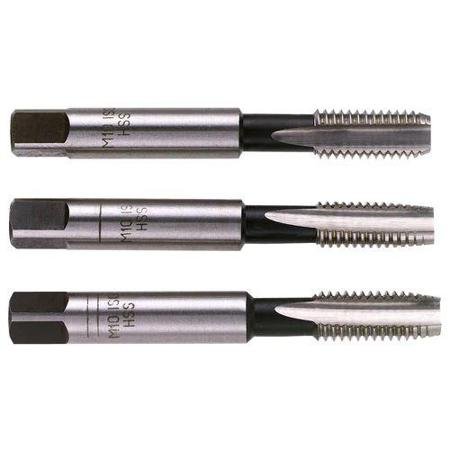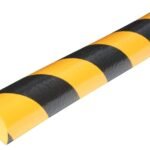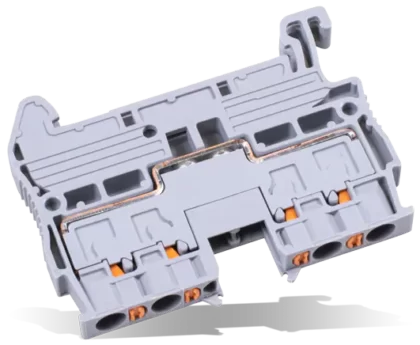Introduction to Threading Taps
In the world of manufacturing and mechanical engineering, threading taps stand as essential tools for creating precise and functional threaded holes. Threading taps are used to cut the female portion of a mating pair in materials such as metal, plastic, or wood. This comprehensive guide will explore the various types of threading taps, their applications, and how to select the right one for your project.
Types of Threading Taps
- Straight Flute Taps: These are the most common types of taps, characterized by their straight flutes or grooves. They are typically used for threading in general-purpose applications on materials that produce small chips.
- Spiral Flute Taps: Ideal for materials that form long, stringy chips, spiral flute taps feature helical flutes which aid in chip evacuation. They are especially useful in blind holes where chip removal is critical.
- Spiral Point Taps: Also known as ‘gun taps,’ these have a spiral point that pushes chips forward. They are excellent for through holes and offer faster threading with less torque.
- Forming Taps: Unlike cutting taps, forming taps do not remove material but rather displace it to form threads. They are ideal for materials like aluminum and stainless steel, where thread integrity is paramount.
Selection Criteria for Threading Taps
- Material Compatibility: The tap material should be compatible with the material being threaded. High-speed steel (HSS) taps are commonly used for general applications, while cobalt or carbide taps are preferred for harder materials.
- Thread Type and Size: Ensure the tap matches the thread type (e.g., metric, UNC, UNF) and size you need. The tap should also match the hole size for a proper thread fit.
- Application: Consider the application – whether it’s for a through-hole or a blind hole, as this will determine the type of tap (spiral point or spiral flute) you should use.
- Lubrication: Proper lubrication is crucial for tap longevity and thread quality. Different materials may require specific types of lubricants.
Using Threading Taps: Best Practices
- Starting Alignment: Ensure the tap is perfectly aligned with the hole before starting to prevent cross-threading.
- Speed and Pressure: Apply steady pressure and use appropriate speed settings. Too much speed or pressure can break the tap.
- Chip Removal: Regularly back out the tap to clear chips, especially in blind holes.
- Lubrication: Use the right lubricant for the material to reduce friction and heat buildup.
Advanced Threading Techniques
- Thread Milling: For larger or non-standard threads, thread milling using a CNC machine can be an alternative to taps.
- Multi-lead Tapping: This technique involves multiple threads being cut simultaneously, often used in high-production environments.
Maintenance and Storage of Threading Taps
Proper maintenance extends the life of threading taps. Keep them clean, dry, and stored in a protective case to prevent damage. Regular inspection for wear and damage is crucial to ensure quality threads.
Threading Taps in the Digital Age
Companies like Enrgtech are revolutionizing the way threading taps and other tools are sourced and purchased. With a vast online catalog, Enrgtech provides easy access to a wide range of threading taps, catering to both individual and industrial needs. They offer expert advice and fast delivery, making them a go-to source for quality threading tools.
Conclusion
Threading taps are indispensable tools in the manufacturing and engineering world. Understanding the various types of taps, their applications, and proper usage is crucial for achieving precise and functional threads. Whether you’re a seasoned machinist or a hobbyist, the right threading tap can make all the difference in your project. With the advancement of online platforms like Enrgtech, accessing high-quality threading taps has never been easier.



